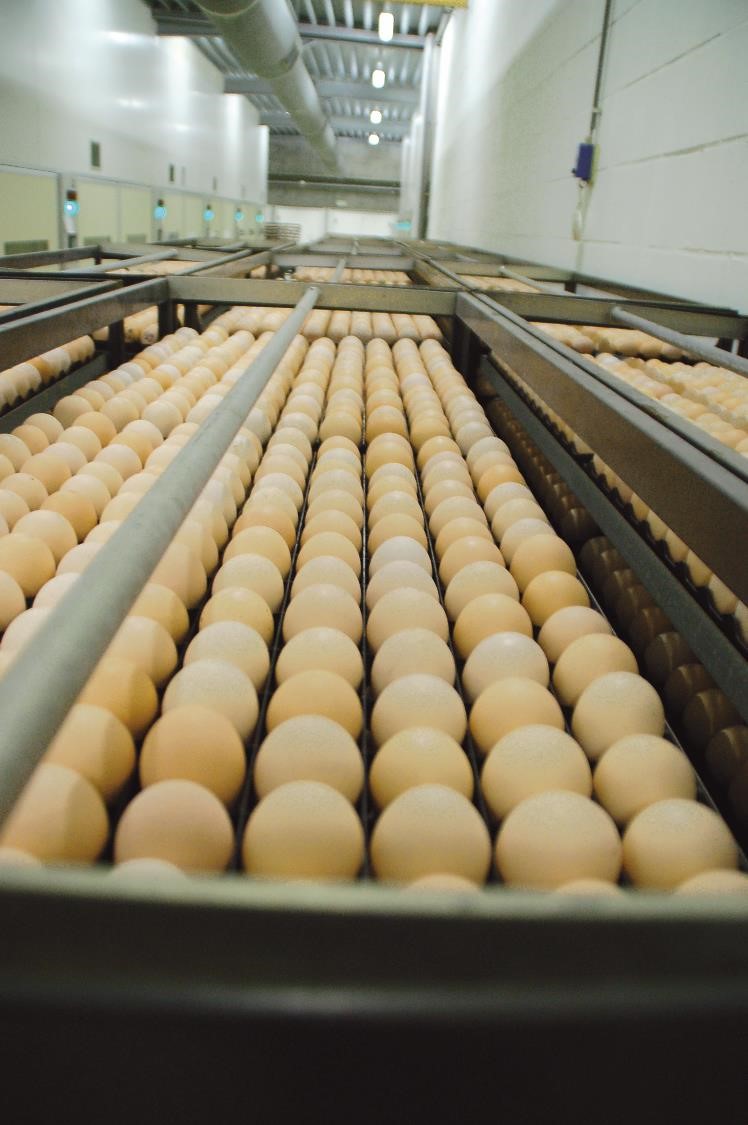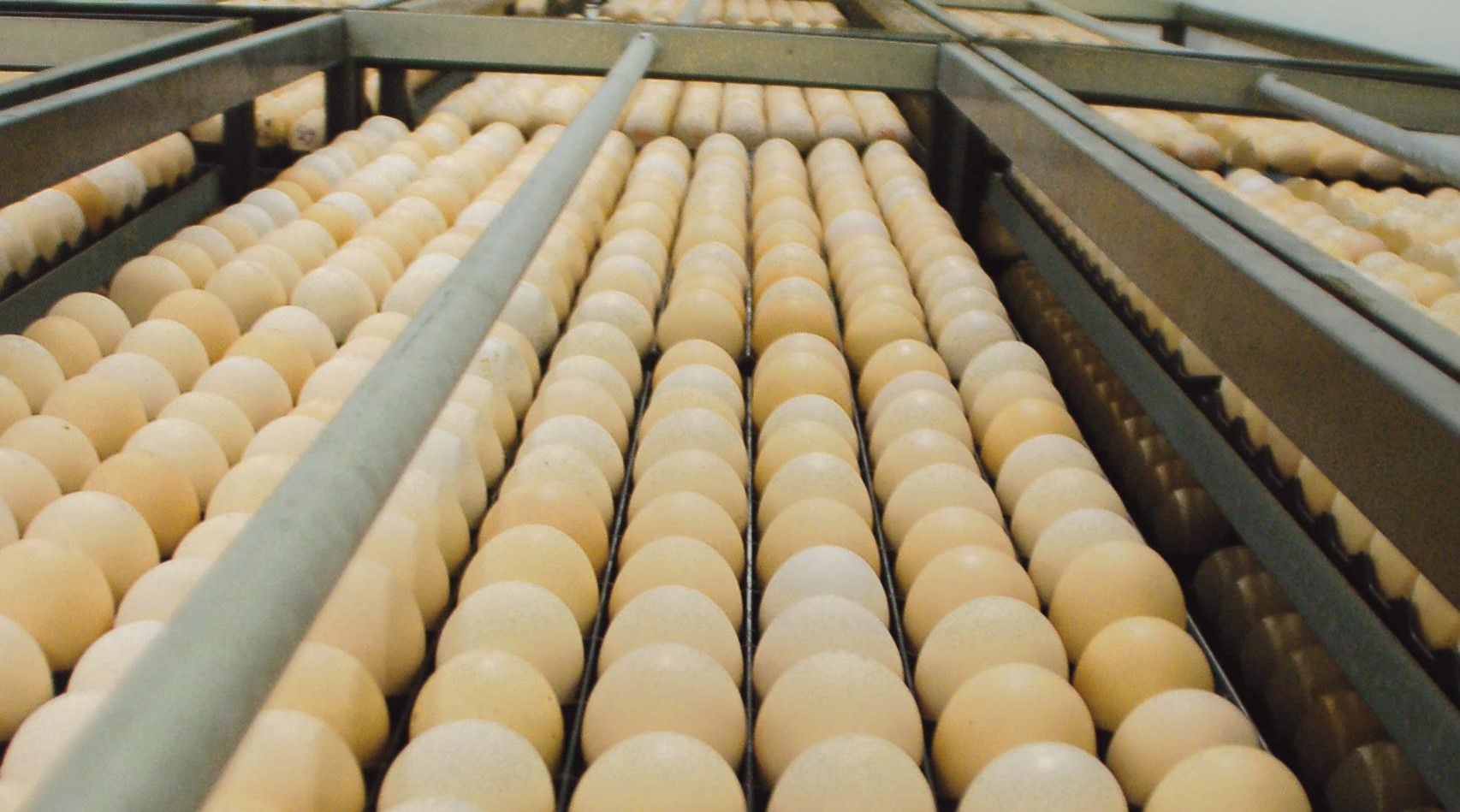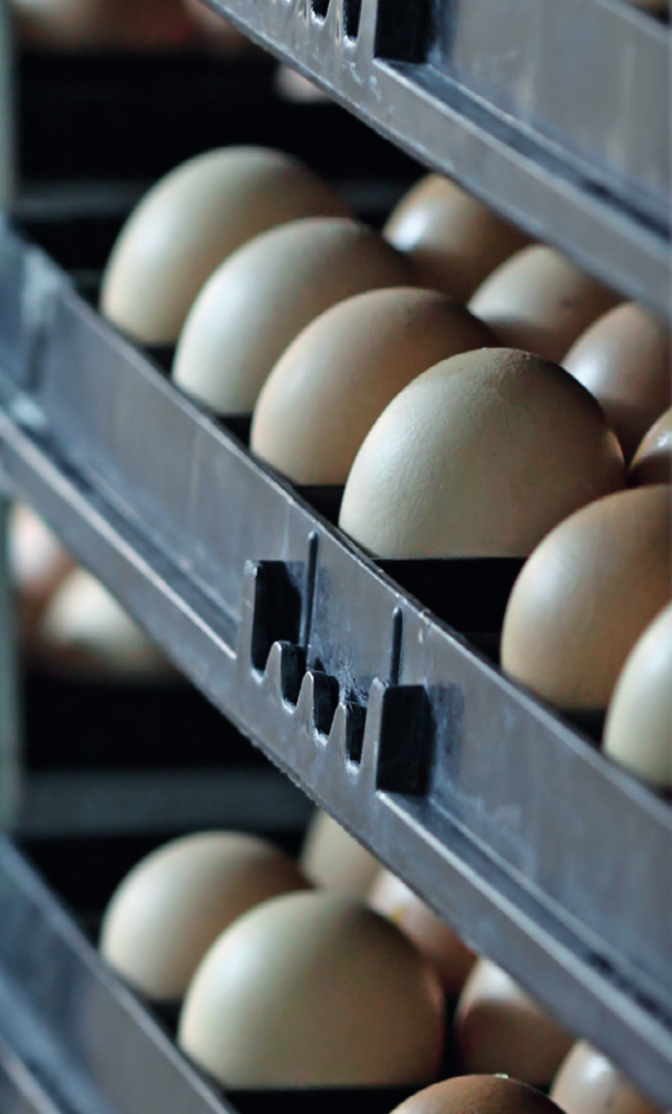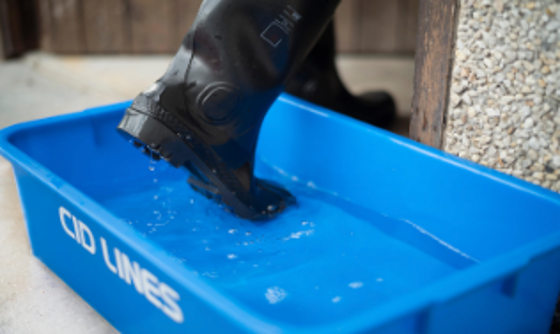
Immaculate hatcheries deliver clear business results
Keeping out and suppressing pathogenic organisms has always played a primary role in hatchery management. Disease-causing elements slipping into the hatchery can be stopped at the door by implementing cohesive biosecurity measures. Insightful use of effective cleaning techniques and thorough disinfecting products keep unwanted microorganisms from spreading throughout the hatchery without excessive budgetary efforts.
HATCHERS & PLENUMS
 The hatchery, as a segment of the poultry production chain, aims to produce vital chicks that are free of pathogens. Good cleaning and disinfection procedures within the hatchery are necessary to reduce and continually minimize the level of microbiological contamination, and subsequently the risk of microbiological contamination in the building, machinery, eggs and poults.
The hatchery, as a segment of the poultry production chain, aims to produce vital chicks that are free of pathogens. Good cleaning and disinfection procedures within the hatchery are necessary to reduce and continually minimize the level of microbiological contamination, and subsequently the risk of microbiological contamination in the building, machinery, eggs and poults.
It is crucial that the detergents which are chosen, especially in a hatchery, are proven safe for equipment and different types of material (copper, aluminium, etc) while ensuring an excellent cleaning result.
The goal of disinfection is very clear: achieve a 99,999% microbial reduction. It’s all about avoiding pathogens building up to dangerously high levels. At these high levels they can cause serious health problems for the animals and substantial economic losses to the farmer. It’s a never-ending job that requires a rigorous approach.
One cannot be selective about which areas get disinfected and which are not. Bacteria, viruses and fungi will find a stronghold in these ‘forgotten areas’ and finally spread disease through people, poultry, transport, vermin, insects etc. that are passing by these infectious hot spots.
DISINFECTION OF HATCHING EGGS

Disinfection of hatching eggs is one of the CCP’s (critical control points) that plays an important role in the global hygiene management of hatcheries. Its aim is to reduce the entrance of pathogens into the hatchery and to minimize the negative effects of them on hatchery results. After being laid, the egg is constantly exposed to contaminations. It is crucial to destroy micro-organisms while they are still on the egg shell. Once micro-organisms penetrate the shell, they reach the shell membrane within minutes and are protected from the disinfectant.

Disinfecting hatching eggs by fumigating or cold fogging them with a disinfectant solution is a practice which is widely used and appreciated, mainly because during this procedure the eggs don’t get wet and the protocol can be fully automated. Extensive field research of CID LINES, An Ecolab Company, has shown that the relation between the droplet size of the vapour (“fog”), the contact angle (wettability), the type and concentration of the chemicals used, have a huge impact on the success of the disinfection results of the hatching eggs. To create this optimal fog for maximum disinfection results, CID LINES, An Ecolab Company, offers a spraying nozzle - Ask your CID LINES, An Ecolab Company local distributor for more information.

Before setting
Penetration of the hatching eggshell by microorganisms results in embryonic mortality, weak chicks, high chick mortality and poor chick growth. The most effective sanitation system involves treating the eggs as soon as they are collected from the nest and before microorganisms penetrate the shell through its pores. A common management tool in the handling of hatching eggs is treatment of the eggs with a type of disinfectant by fumigation to reduce the number of microorganisms on the shell surface. Fumigating hatching eggs should take place in a well-sealed room specially dedicated for this purpose. Preferably the whole disinfection process (from start to finish) should be automated so full control of product consumption, air extraction time and safety for personnel can be guaranteed.
During incubation
After the hatching eggs are set, they are ready for the final stage of the hatching process. Before the hatching eggs can enter the hatchers, they should be of course well cleaned and disinfected. To support the hygienic circumstances in which the chicks are going to hatch, the hatcher can be fumigated with a disinfection solution. Field trials have shown a lower mortality during the first week of the chicks lives when hatcher fumigation was being applied with one of our disinfection solutions.
PERSONAL HYGIENE
Boot, hand and clothing hygiene are probably the fastest, most simple and cheapest ways to prevent the spread of pathogens and yet they are the most overlooked. Simply cleaning and disinfecting footwear and sanitizing hands with anti-bactericidal hand soap is a quantum leap towards animal health and safety.
